Isn’t that what we do so well with photography, to pull out a moment of time to examine? Most art does this, but photography excels at it.
Time
Time flows continually. It so envelops and controls us that we often do not even consider it. But we cannot escape it. It carries us along with it whether we want it to or not.
Some of us live for the future, planning for a “someday” when things will slow down or be better. Some live only for now, trying to experience life or just have fun with little regard for what may come in the future. Others are stuck in the past. Living in memories or regrets for past events.
Regardless of our attitude about it, time keeps flowing relentlessly along. No one is rich enough to buy more time. No one is powerful enough to command it to slow down or speed up. We each have the same number of seconds in a day.
But photographers seemingly have a power over time, to freeze it or stretch it and to pull moments out to keep forever. This is an amazing ability for mere mortals.
 ©Ed Schlotzhauer
©Ed Schlotzhauer
Artists view
To an artist, time can seem like a continuous series of pictures. We look at things happening and think that may have never been seen like that before and it may never happen like that again. We better capture it now before it is gone.
Much of art is based on capturing moments. Paintings are usually of a moment in time. Sculptures often depict a moment of action or a grand pose.
But photographs do it better. After all, a painting or a sculpture of a moment is probably based on photographs the artist took to record it. So the photograph is the prime material, the basis of the art.
That is because photographs have a unique ability to record moments in time. We should be proud of that and use it to our advantage and to make our art more unique.
Manipulate time
Time flows constantly and at the same speed for everyone. But through photography we can look at time differently, depending on how we choose to see it.
We can slice it very fine at 1/1000 of a second or even faster. This will freeze an instant so we can examine things happening too fast for. us to perceive in real time. Birds in flight, a waterfall, a galloping horse, even a bullet in flight are frozen into a clear moment. We can see the details of the action, the turbulence, the skill.
At the other extreme, we can compress time. Any reasonable length of time can be imaged into a single frame. This allows us to visualize or see the effects of action happening over an extended amount of time. Car lights at night streaking into a long trail. A waterfall smoothing into a velvety flow. We might be able to capture multiple lightning flashes in one frame during a thunderstorm.
All of these and more help us see action over time. It visualizes what we can only imagine without the aid of photography.
 ©Ed Schlotzhauer
©Ed Schlotzhauer
Keep a time
Whether short exposures or long exposures or a “normal” speed, this slice we capture is preserved for us to examine and contemplate at our leisure. We have plucked it out of the stream of time and kept it for ourselves.
It is said that in a fire or flood, one of the first thing people try to save is the family pictures. These are our history, our memory. Moments that are important to us. (Many online sites tell us at length how to prepare a “go bag“; it’s a good idea; but the emotional reaction is to grab important memories in an emergency.)
And they keep us together as humans. A friend told me recently about getting together for a rare visit with his brother and sister. One of them had digitized old pictures their parents took of them as children. They spent hours looking at them and sharing stories and memories. Most of these were originally shot 60-70 years ago. They still have power of moments.
 ©Ed Schlotzhauer
©Ed Schlotzhauer
View differently
Obviously, family pictures have special memories for us. But how about art?
As I mentioned before, most art involves the capture of moments that we can look at or think about whenever we want. Photography is uniquely suited for this.
Street photography gives us insightful glimpses of people in their daily life. Landscape photography captures moments of beauty or awe in the natural world. Portraits give us a formal view of people. Whether abstract or realistic or black & white or an alternative process or any other rendering, they capture a moment.
When we capture moments, we have the opportunity to study the moments at our leisure. Time ceases to flow for these images. Taking the moment out of the stream of time gives us a unique chance to spend all the time we want with the moment. We see and understand it differently.
Years from now, that moment will still be there for us to bring out and examine again. Or our descendants may look at them and see a glimpse of what we saw, maybe even what we felt.
Time is a key component in our photography. Photography is perhaps the best of the arts for capturing and manipulating time. Other forms of art rely on the artist seeing or imagining something, then representing it. Photography allows us to see things that could not otherwise be seen.
 ©Ed Schlotzhauer
©Ed Schlotzhauer
Reflect
We see a potential image and take it. What is it for? Who is it for? Does it matter how many people see it?
It is quite possible it does not have more of a purpose than that we were compelled to make art. If we are making art, it may be sufficient that it fulfilled something in us.
Most of us would love for great numbers of people to view our work and give us lots of compliments. Especially the compliment of buying it. But is that why we do it?
Perhaps these moments in time are painting our history, marking our journey, filling our memory bank. Maybe their significance could not be apparent to anyone else.
Or maybe something is compelling us to capture these moments so that someday we can begin to understand them ourselves.
Regardless, we are compelled. We pluck these moments out of time and set them aside for reasons we may not understand. Or perhaps it is enough that they are beautiful, at least, to us.
Every time we press the shutter release, we are capturing a moment. Be very aware of that. They are our moments. They have meaning to us. Sharing them with other people is an intimate act.
“Life is a collection of moments; cherish them, embrace them, and create more of them.”



 ©Ed Schlotzhauer
©Ed Schlotzhauer ©Ed Schlotzhauer
©Ed Schlotzhauer ©Ed Schlotzhuaer
©Ed Schlotzhuaer ©Ed Schlotzhauer
©Ed Schlotzhauer
 ©Ed Schlotzhauer
©Ed Schlotzhauer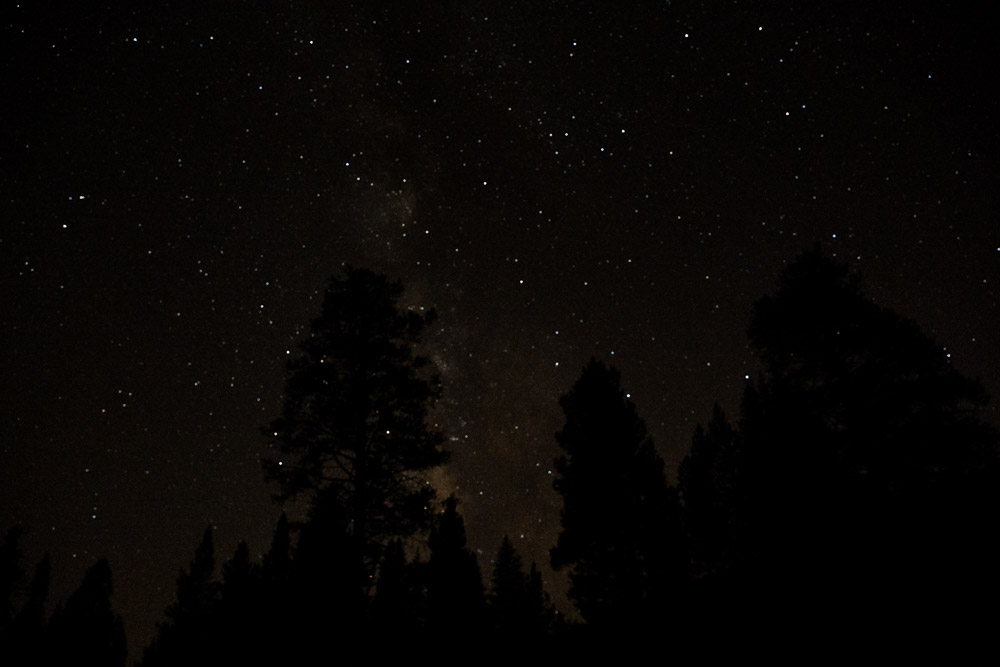 ©Ed Schlotzhauer
©Ed Schlotzhauer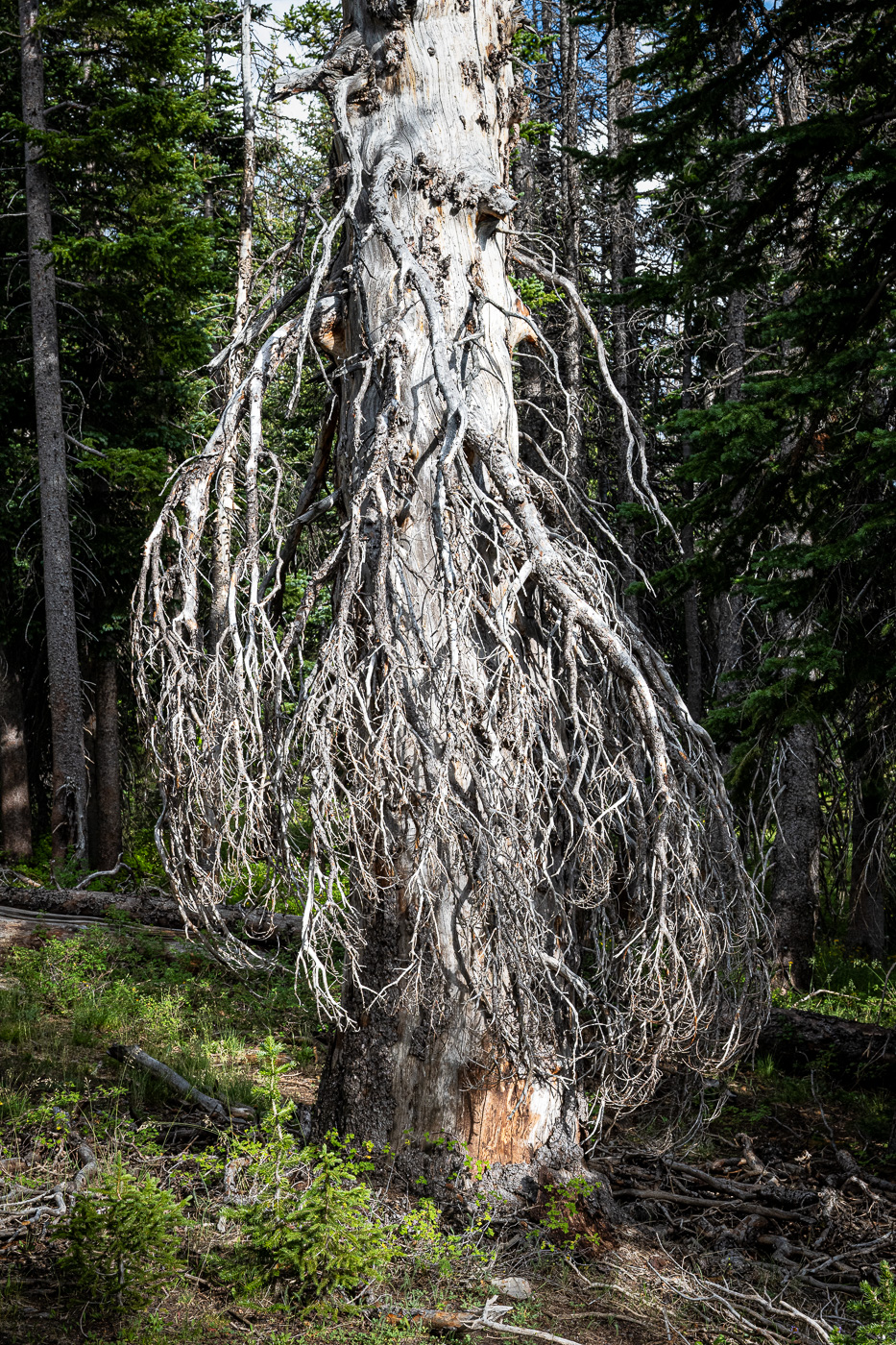 ©Ed Schlotzhauer
©Ed Schlotzhauer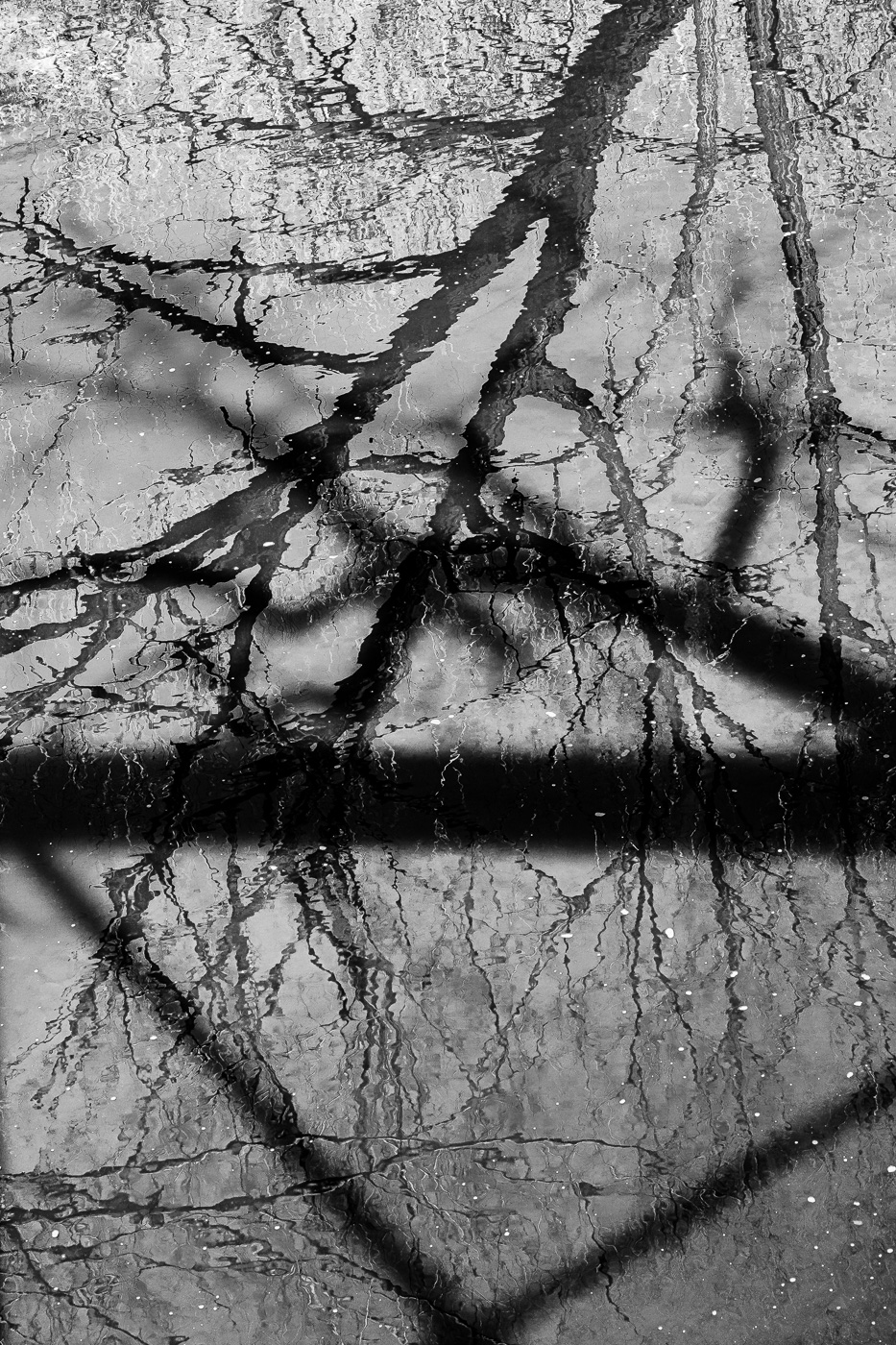 ©Ed Schlotzhauer
©Ed Schlotzhauer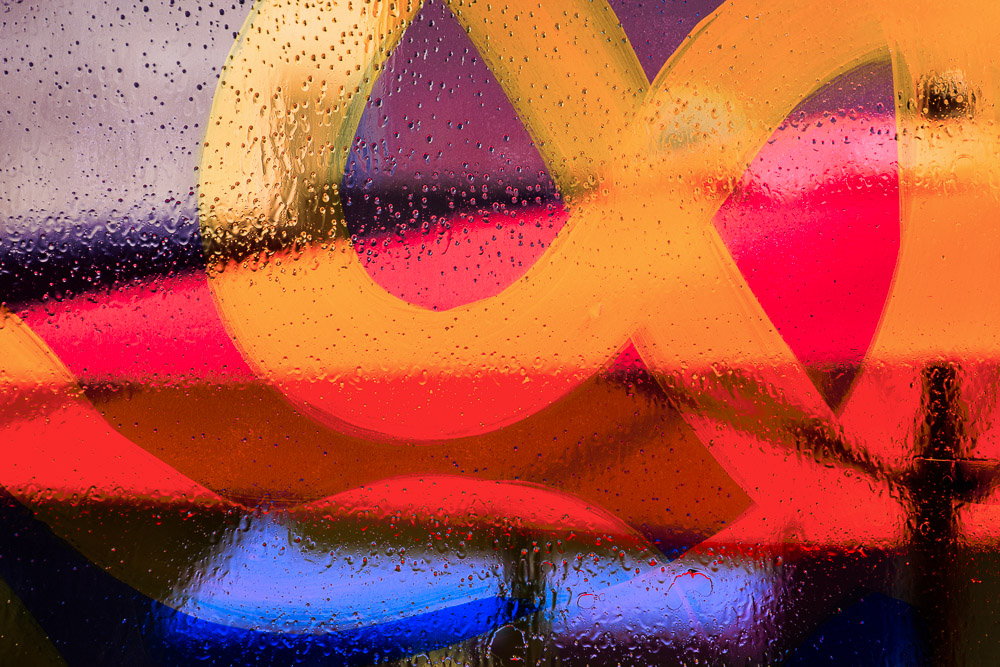 ©Ed Schlotzhauer
©Ed Schlotzhauer
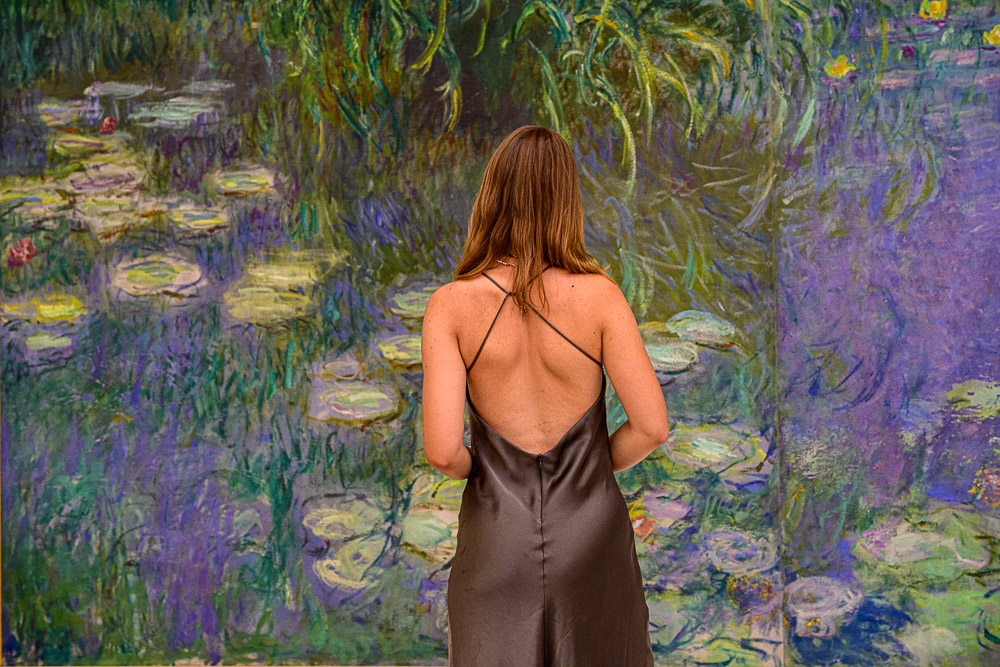 ©Ed Schlotzhauer
©Ed Schlotzhauer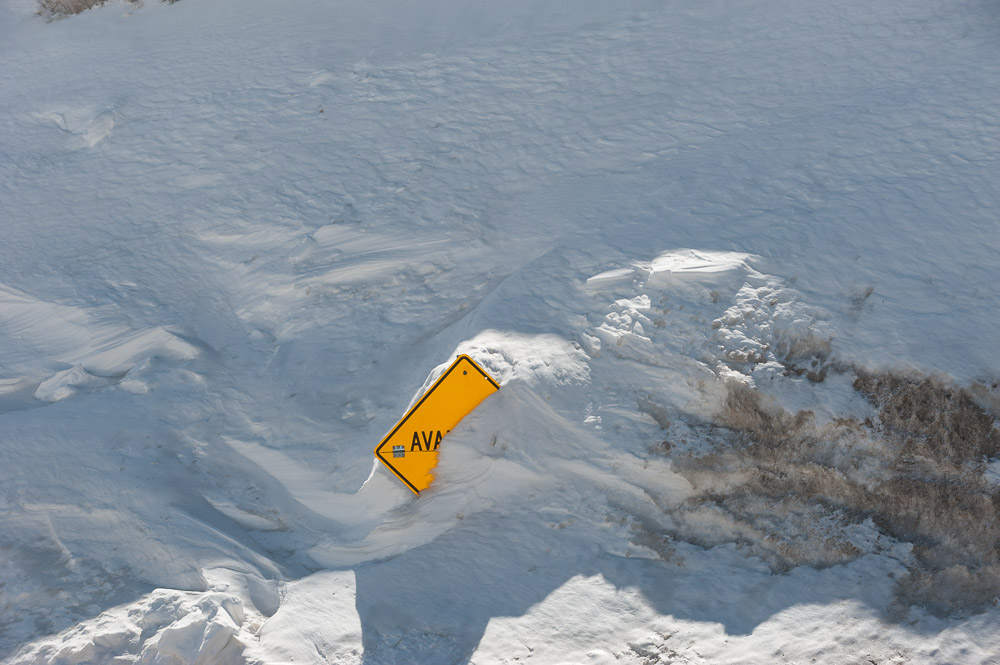 ©Ed Schlotzhauer
©Ed Schlotzhauer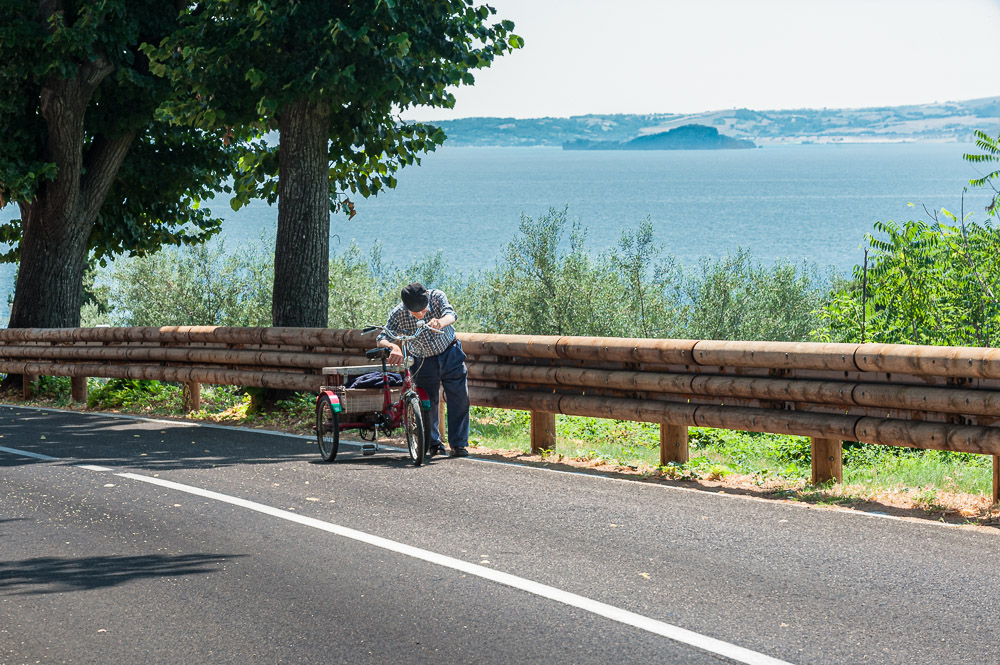 ©Ed Schlotzhauer
©Ed Schlotzhauer
 ©Ed Schlotzhauer
©Ed Schlotzhauer ©Ed Schlotzhauer
©Ed Schlotzhauer ©Ed Schlotzhauer
©Ed Schlotzhauer